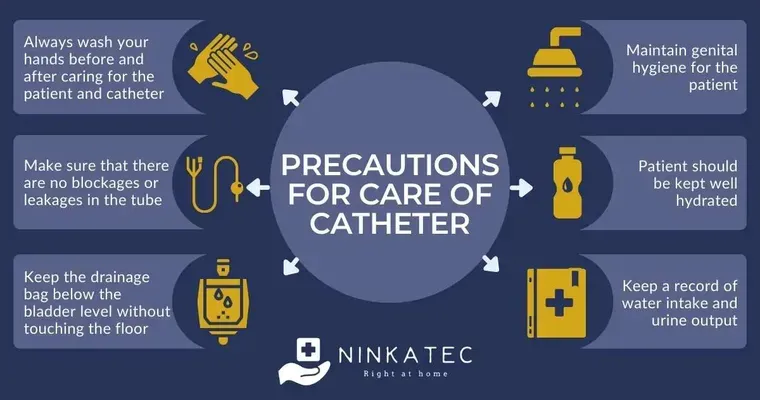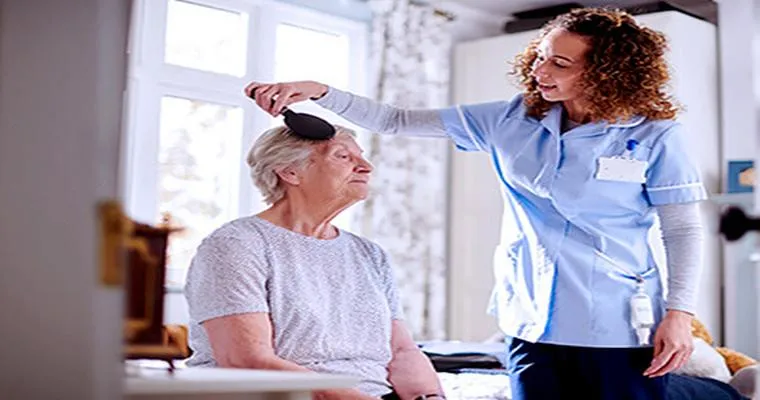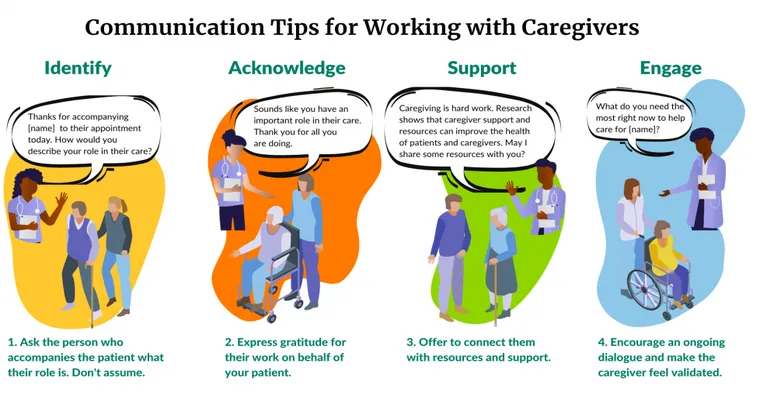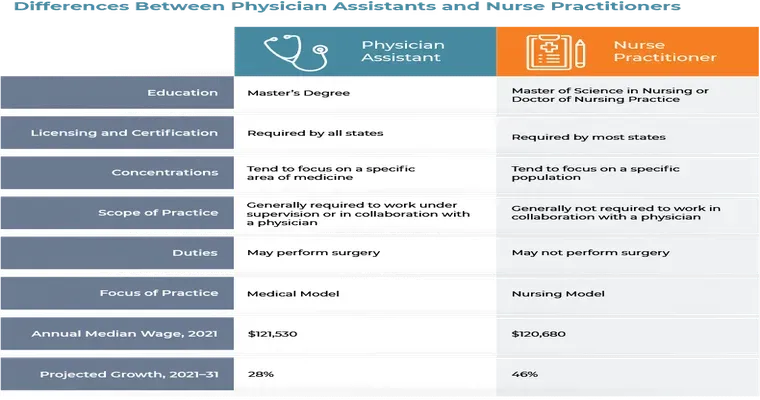When it comes to "long term care facilities", understanding the reasonable expectations for "diaper changes" versus "catheter use" is crucial for both residents and their families. As individuals age or face health challenges, the need for assistance with personal care becomes increasingly important. This article aims to clarify what can be expected in terms of hygiene and comfort in these settings, focusing on the use of absorbent products and urinary catheters.
In "long term care environments", residents may experience varying levels of mobility and independence. For those who are less mobile or have cognitive impairments, "diaper changes" become a critical aspect of personal care. Facilities typically follow guidelines that dictate the frequency of changes to ensure residents remain clean and comfortable. The general expectation is that staff will assist with diaper changes as needed, which can vary from every few hours to as often as required based on individual circumstances.
It's important to note that most facilities strive to maintain dignity and respect for their residents during this process. Staff members are trained to handle these situations with care, ensuring that residents feel comfortable and are treated with respect. Families should feel empowered to communicate their loved one's needs and preferences regarding diaper changes, ensuring that their expectations are met.
On the other hand, "catheter use" is often employed for residents who may have difficulty with bladder control or who require a more long-term solution for urinary management. Catheters can provide a level of convenience and comfort for some individuals, but they also come with specific care requirements. Regular maintenance and monitoring are essential to prevent infections and other complications.
In terms of reasonable expectations, catheter care typically involves regular checks to ensure the device is functioning properly and that the surrounding area remains clean and free from irritation. Care staff should be trained in proper catheter use and management, and families can expect regular updates on their loved one's condition if a catheter is in use.
While both "diaper changes" and "catheter use" serve the purpose of maintaining hygiene and comfort, they do so in different ways. Families should communicate openly with care facility staff about their preferences and what they envision for their loved one's care. This dialogue will help establish a plan that meets the individual needs of residents while adhering to best practices in personal care.
In conclusion, understanding the expectations for "diaper changes" versus "catheter use" in "long term care facilities" is essential for ensuring the comfort and dignity of residents. Both methods have their place in personal care, and families should actively engage with providers to create a care plan that aligns with their loved one's needs. Clear communication and understanding can lead to better care outcomes and a more positive experience for all involved.





